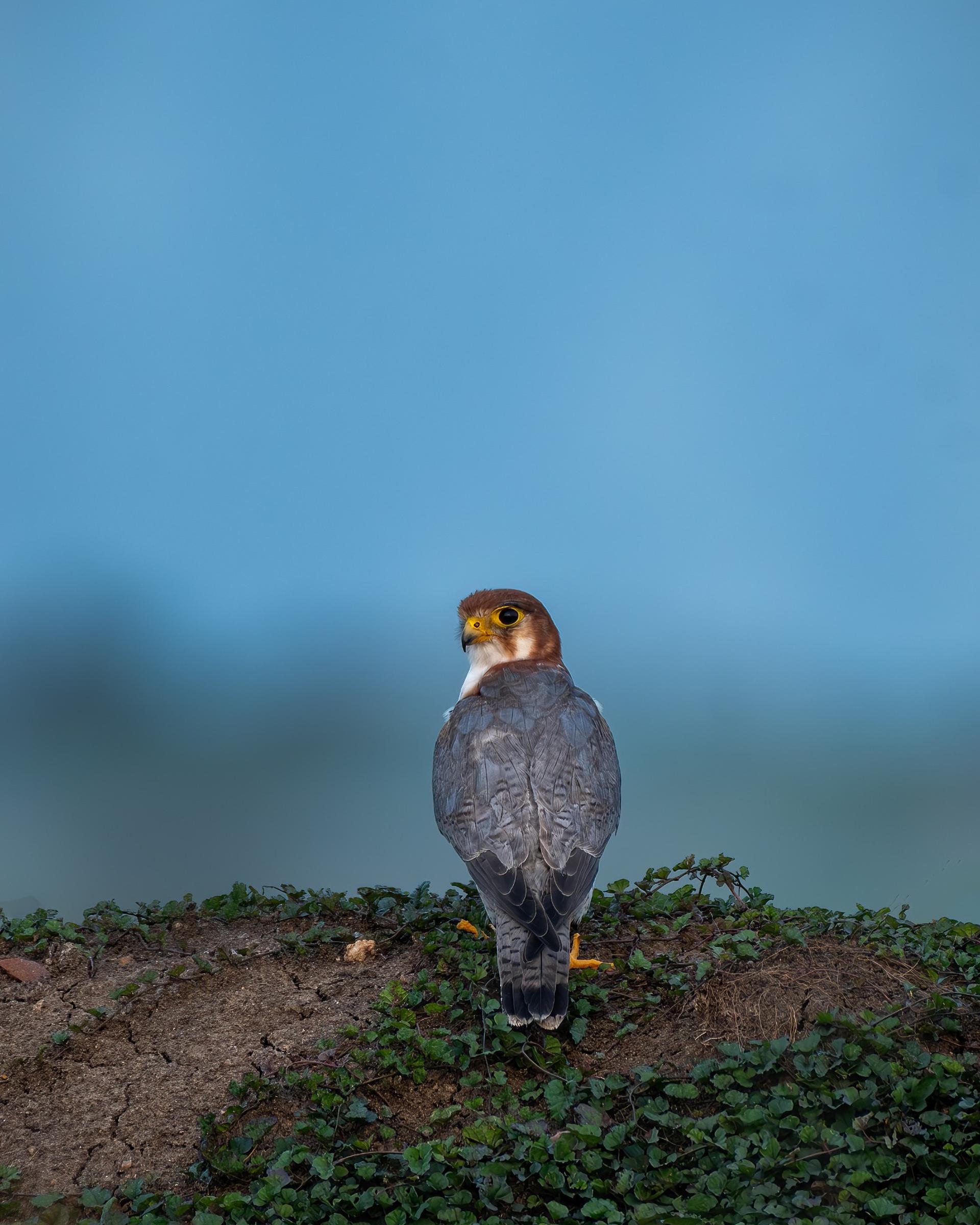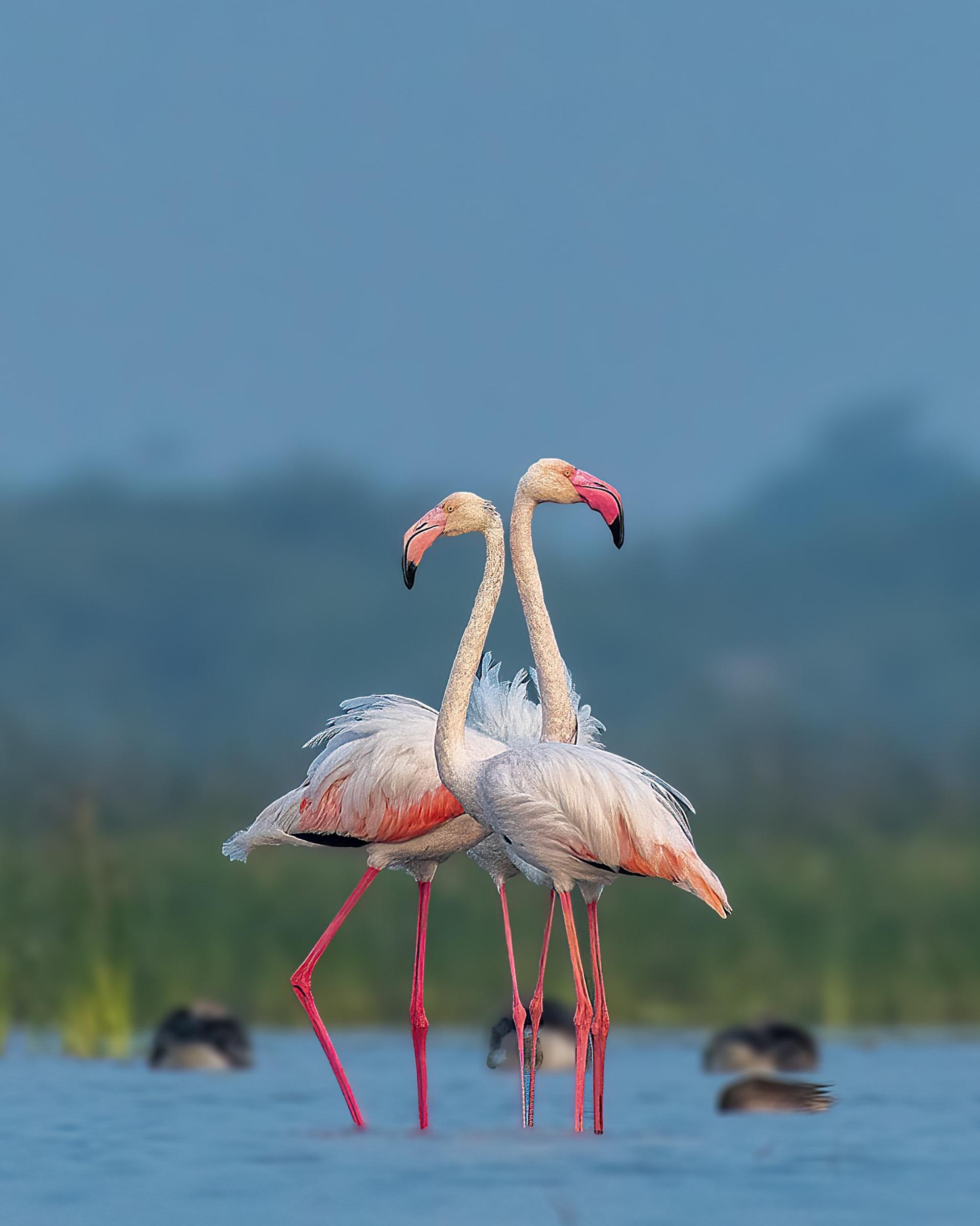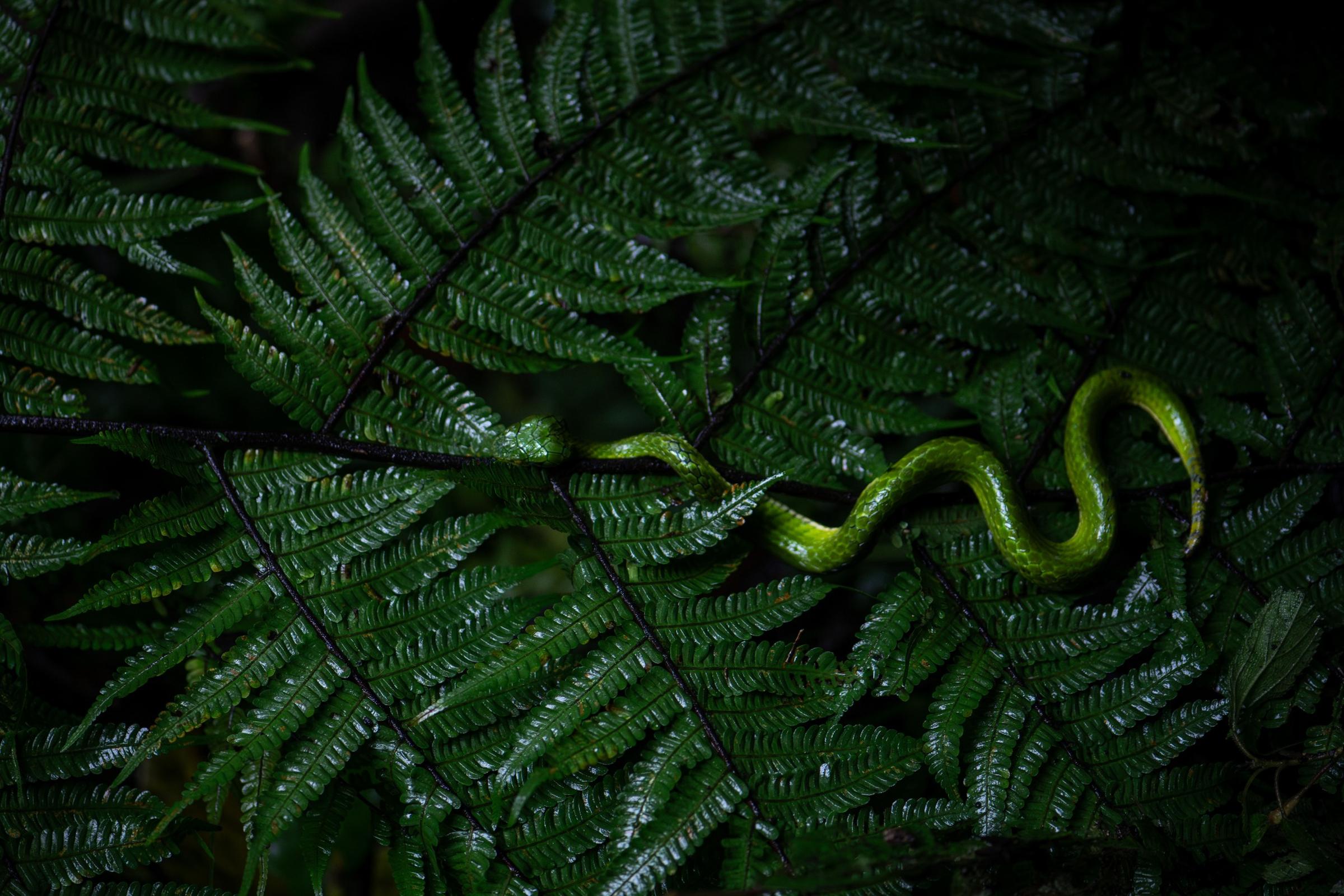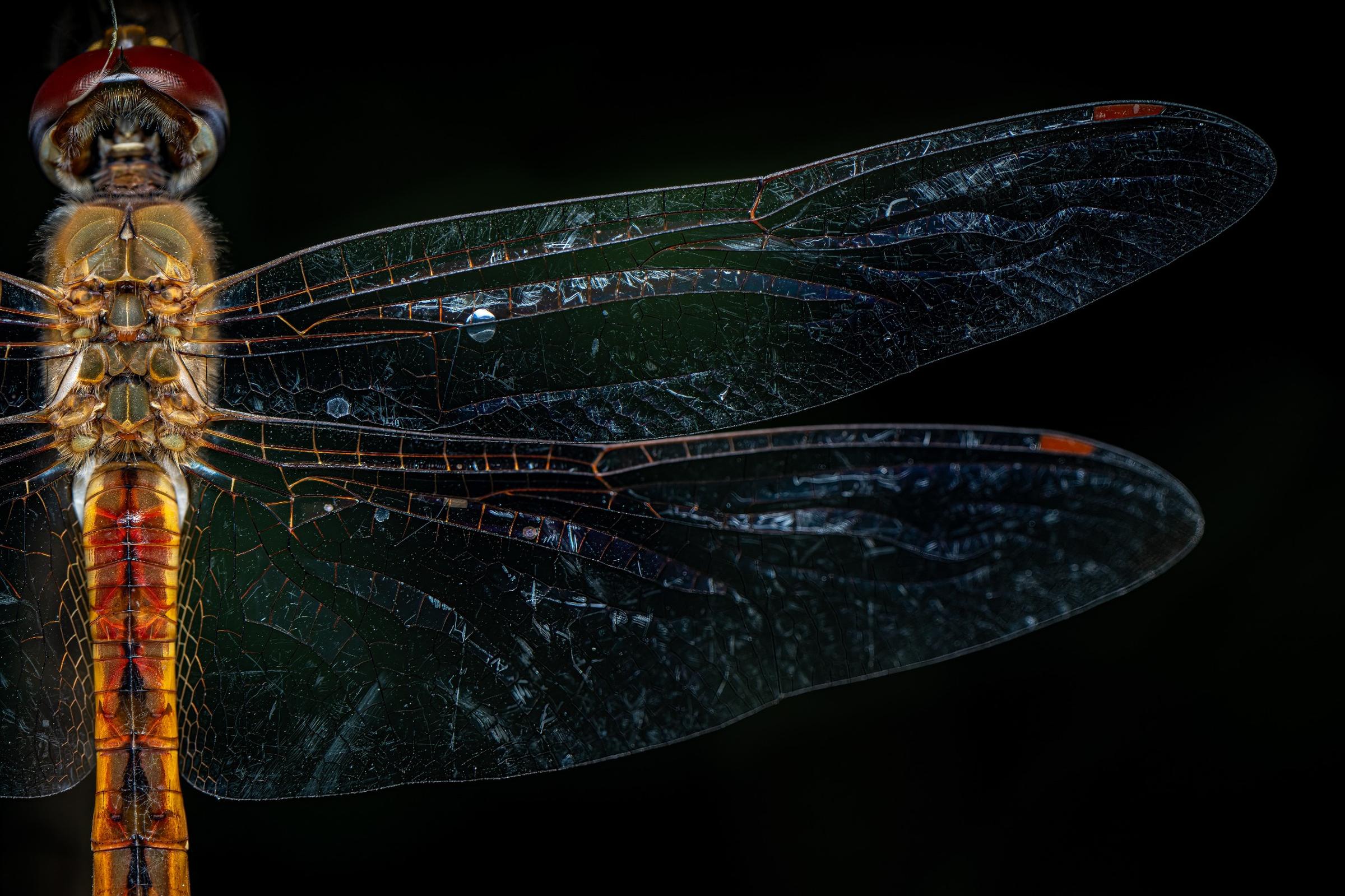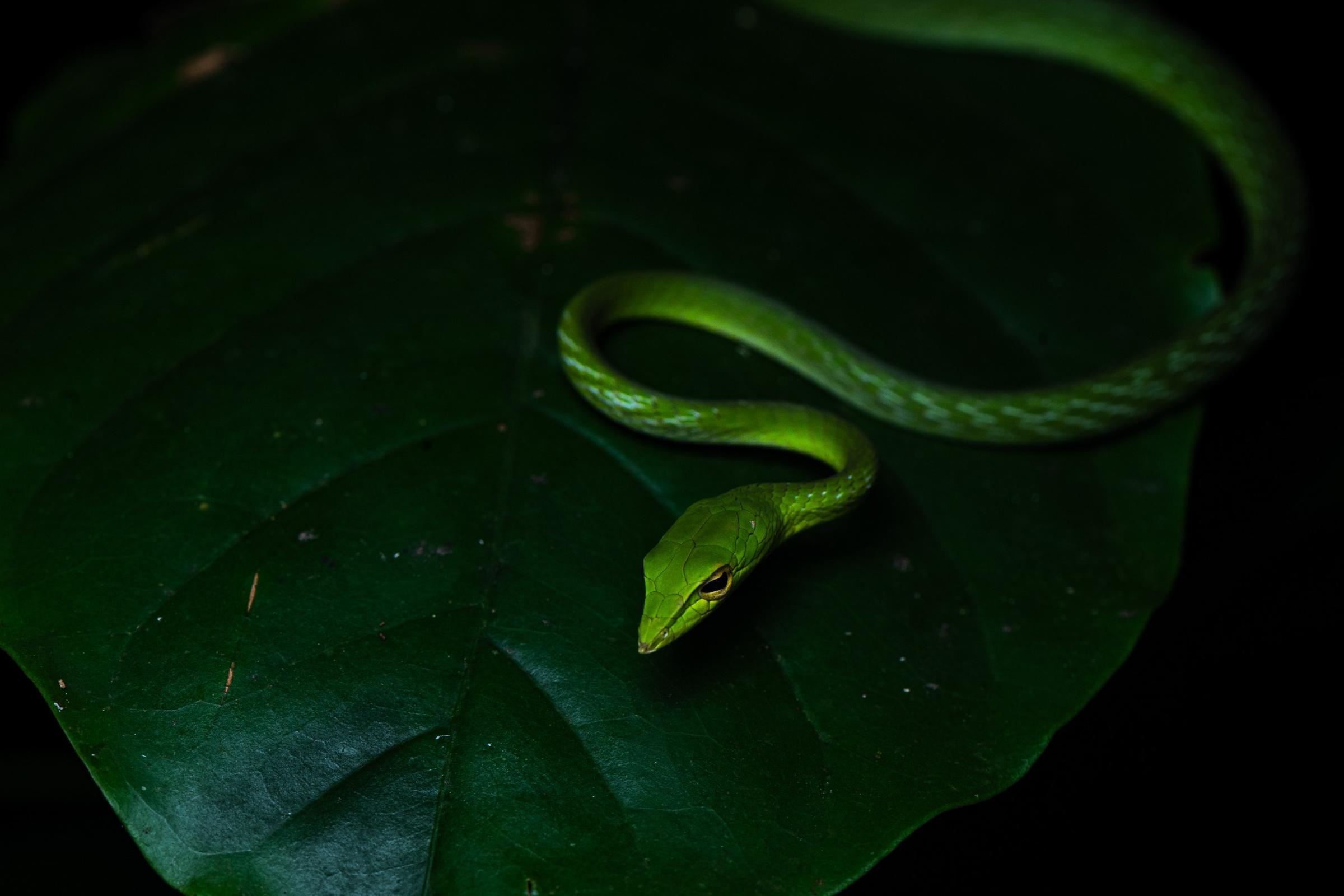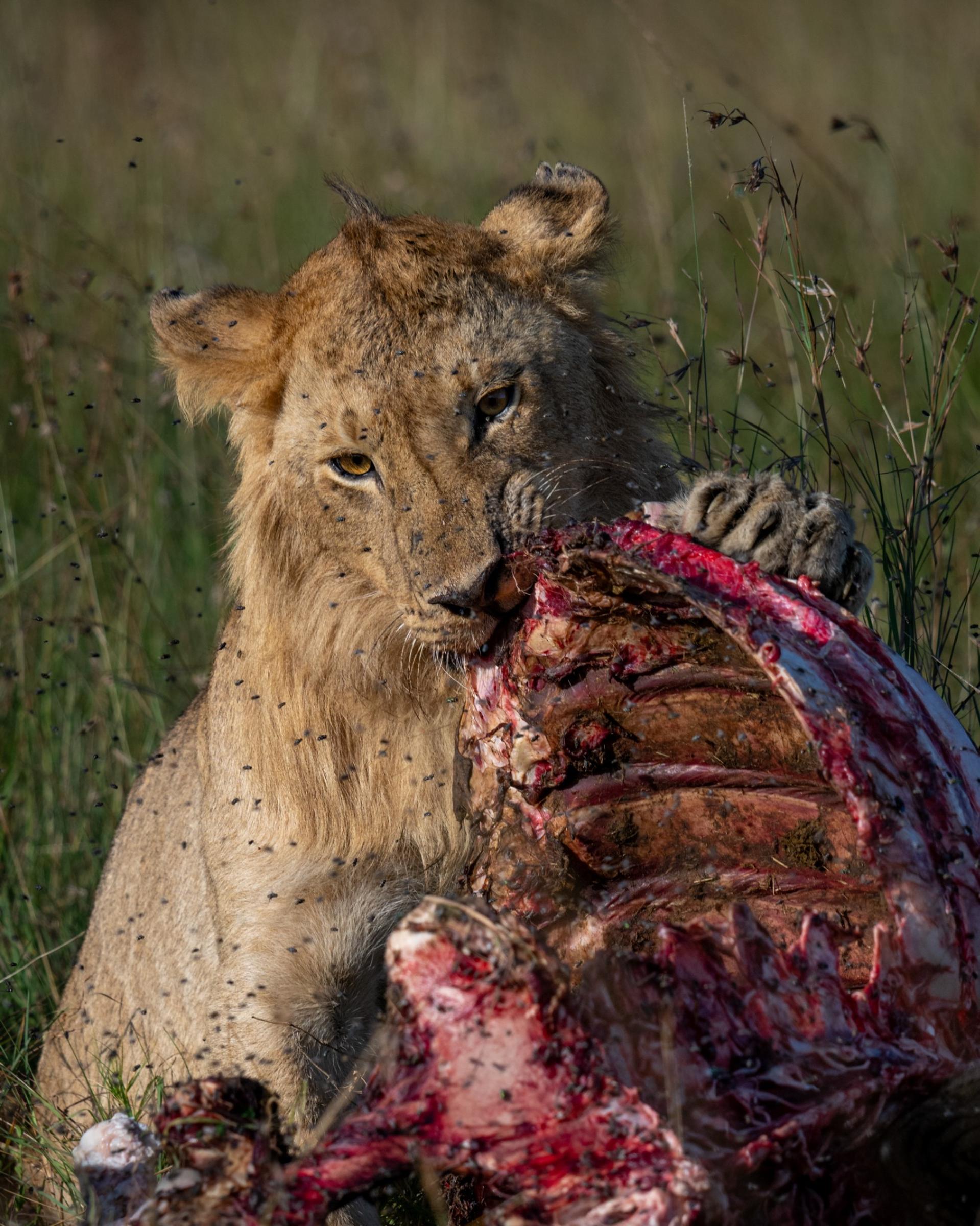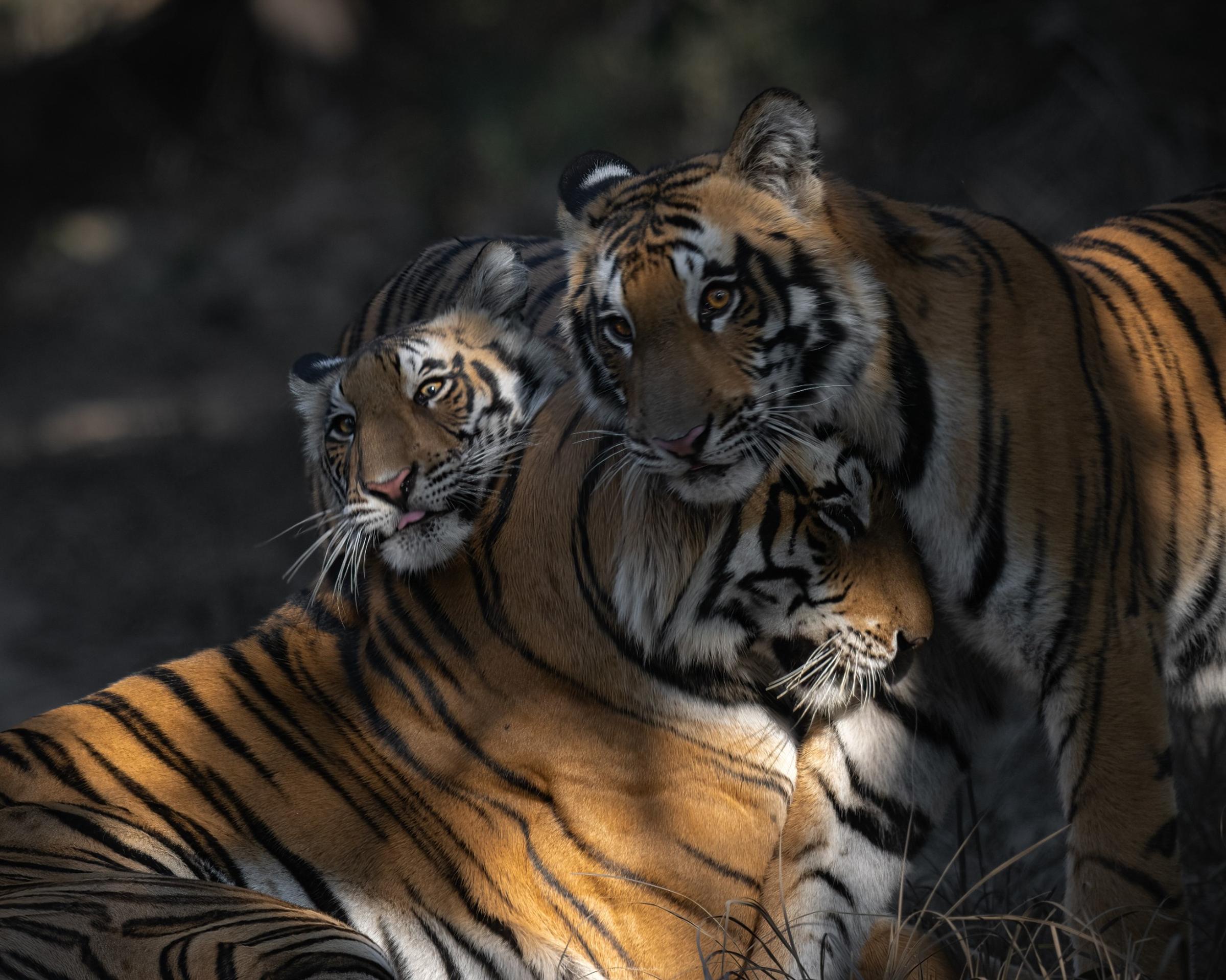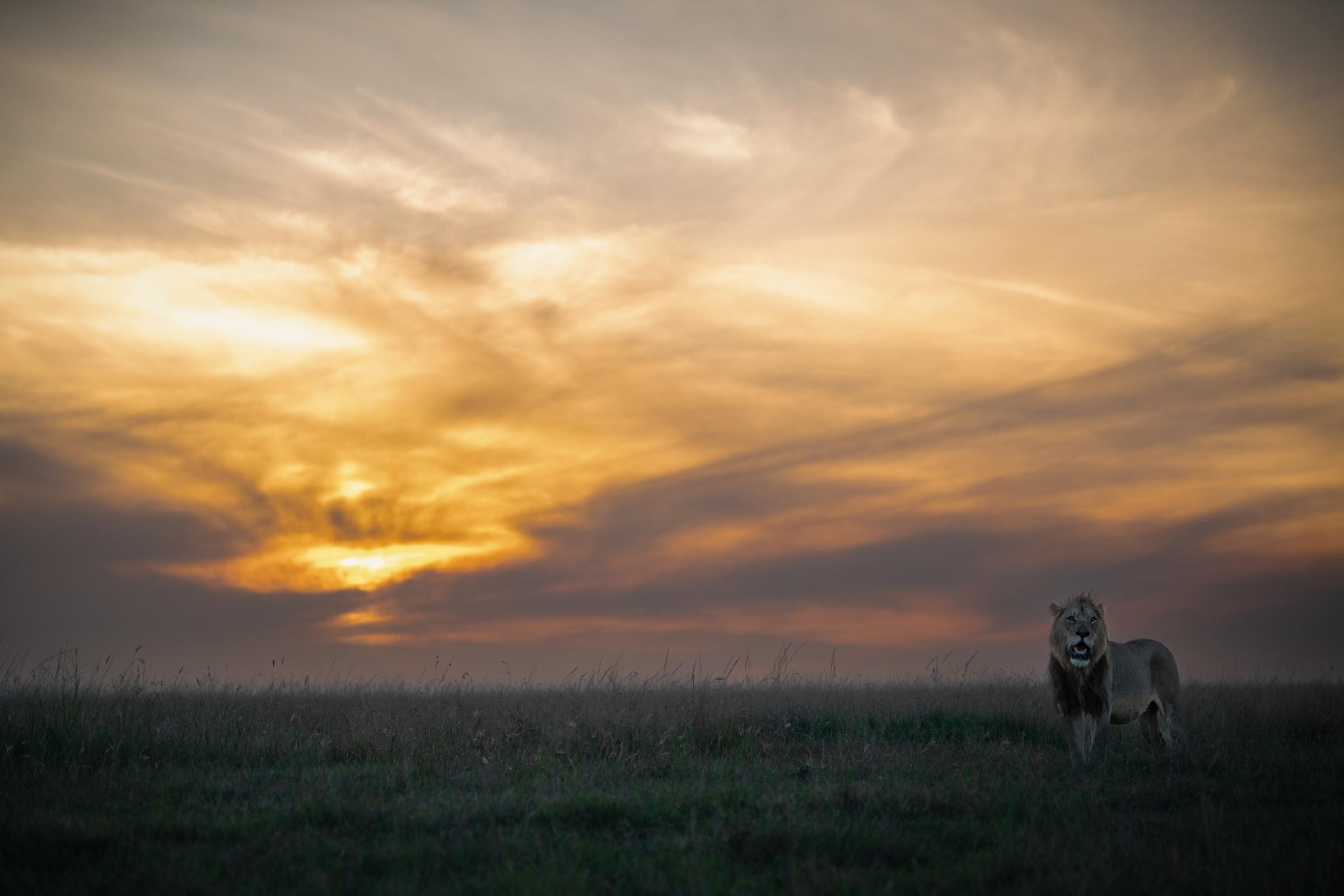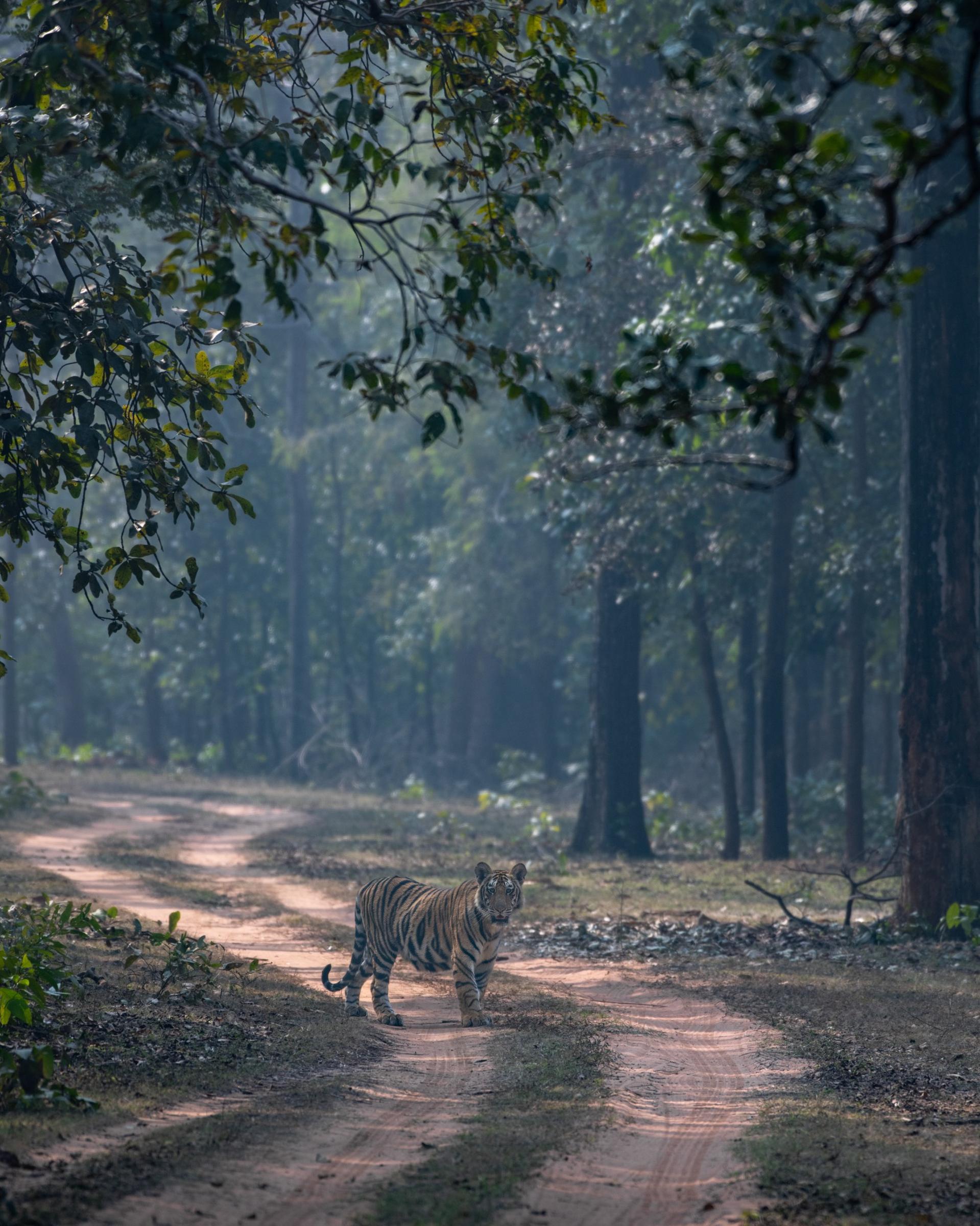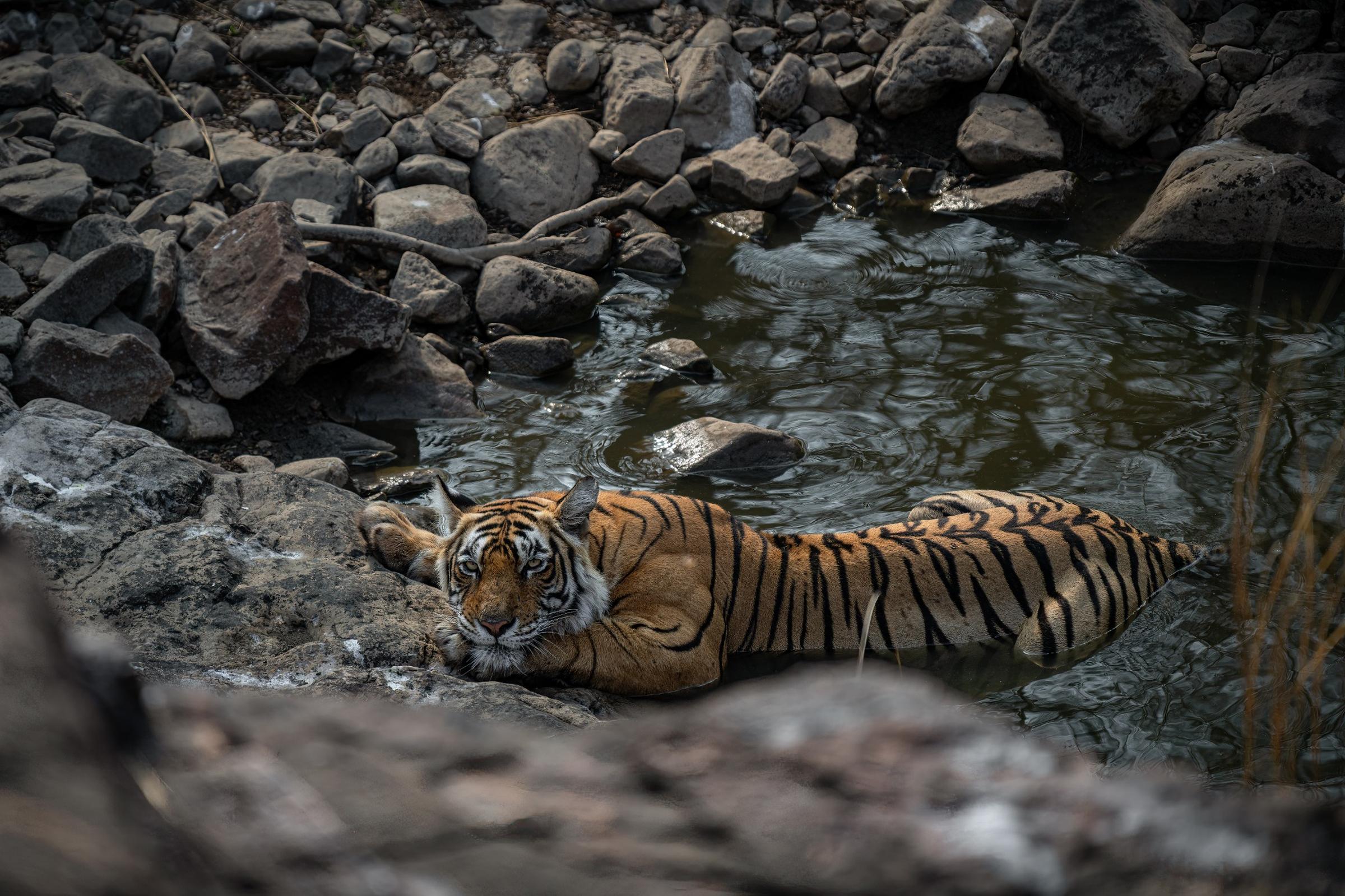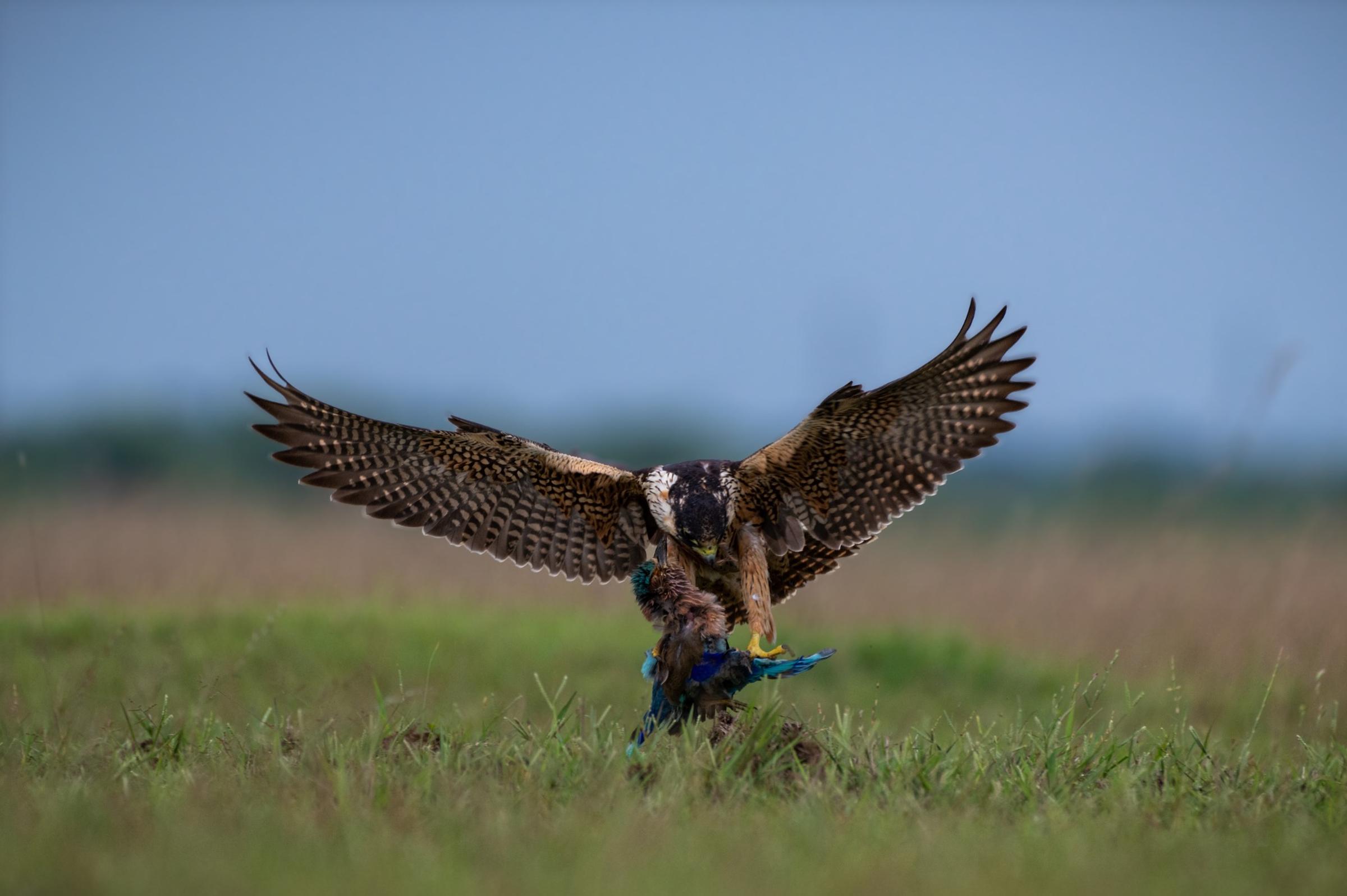How did your interest in wildlife arise?
My love for animals and photography has been rooted in me since childhood. The first gift I ever bought for myself was a digital camera though I wasn’t very knowledgeable at the time, it marked the beginning of a deep passion. Over time, I honed my skills and understanding of wildlife photography, drawing immense inspiration and learning from mentors like Balaji Narayanan and Ratish Nair. Their guidance shaped my journey, turning a childhood fascination into a lifelong pursuit.
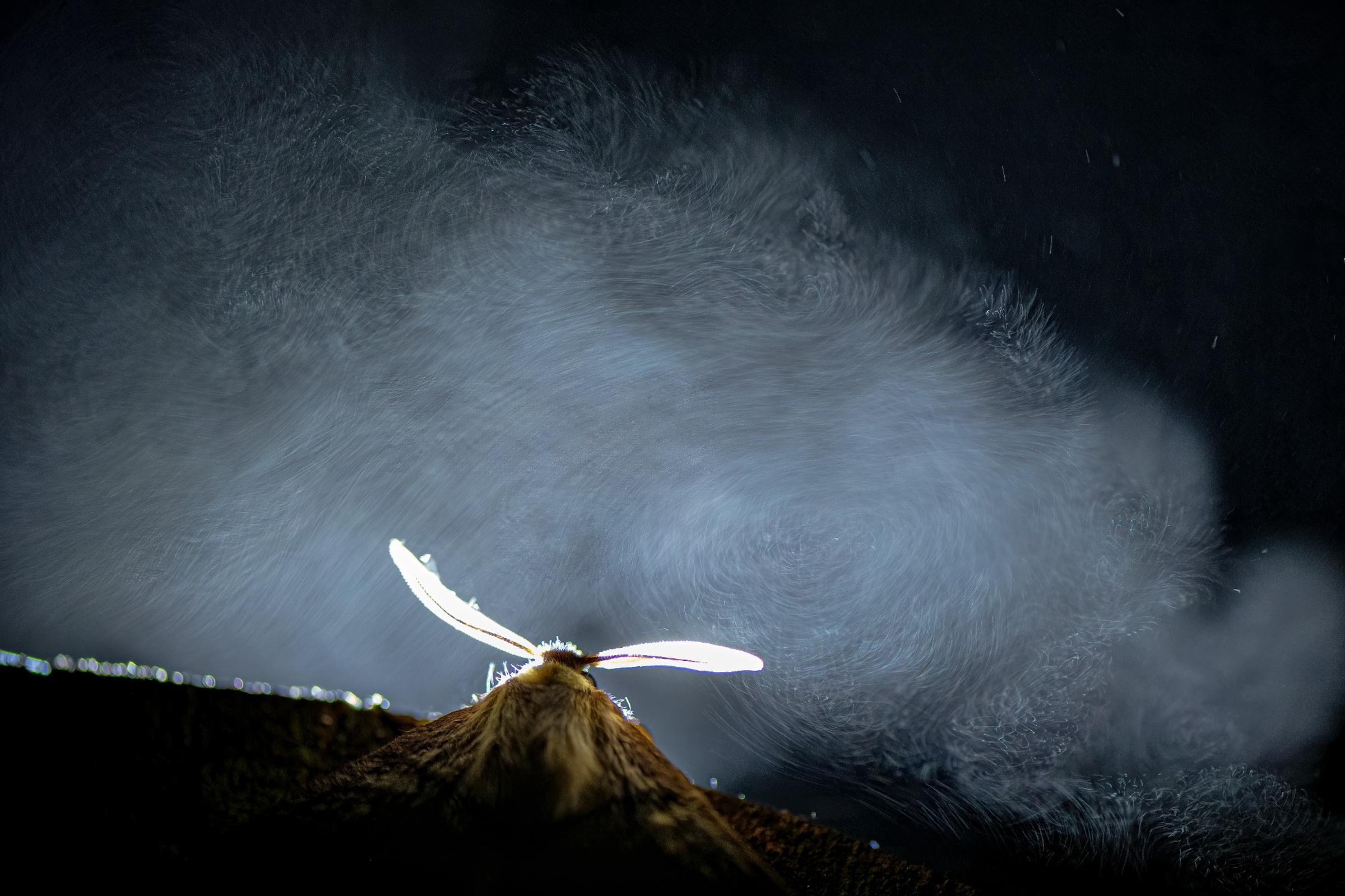
How do you describe your journey as a photographer and a person?
My journey as a photographer has been one of constant evolution what began as a simple curiosity turned into a deep-rooted passion. Every frame taught me something new, not just about wildlife, but about patience, empathy, and resilience. As a person, photography has grounded me. It has made me more observant, more mindful, and more connected to the natural world. The wild has a way of humbling you, and through every sighting and silence, I’ve grown, not just as an artist, but as a human being.
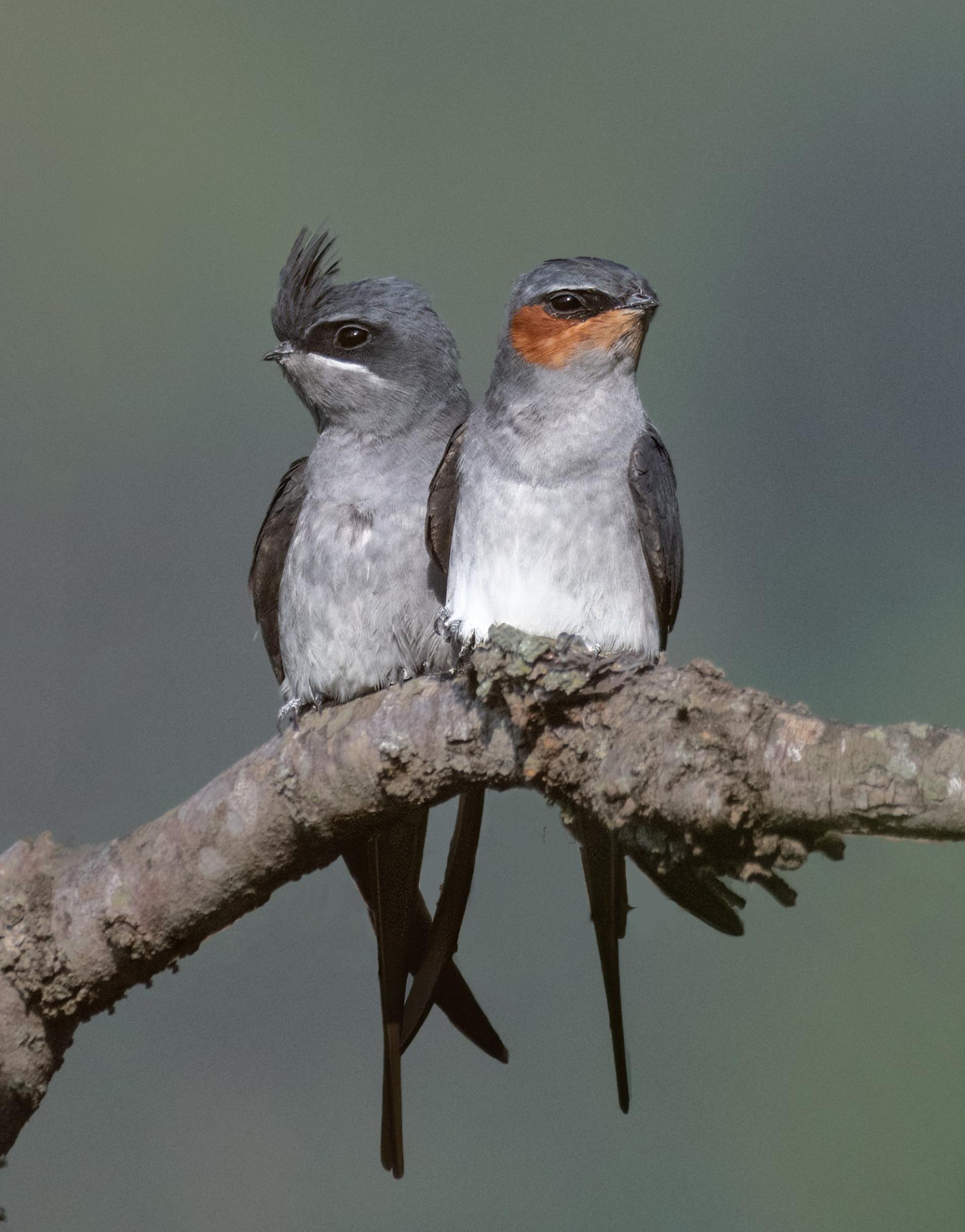
What is your view on Wildlife Conservation? How can we, as wildlife photographers, help to protect our Mother Nature?
Wildlife conservation is not a choice it is a responsibility. As habitats shrink and human-wildlife conflict increases, it is more important than ever to respect and protect the natural world. As wildlife photographers, we have a powerful voice. Through our lenses, we document beauty, behavior, and sometimes, the harsh realities animals face. Our work can raise awareness, spark conversations, and inspire action. But with that power comes responsibility to shoot ethically, never disturb wildlife, and always prioritize the well-being of the subject over the photograph. If our images can evoke emotion, educate, or encourage even one person to care, then we have already made a difference.
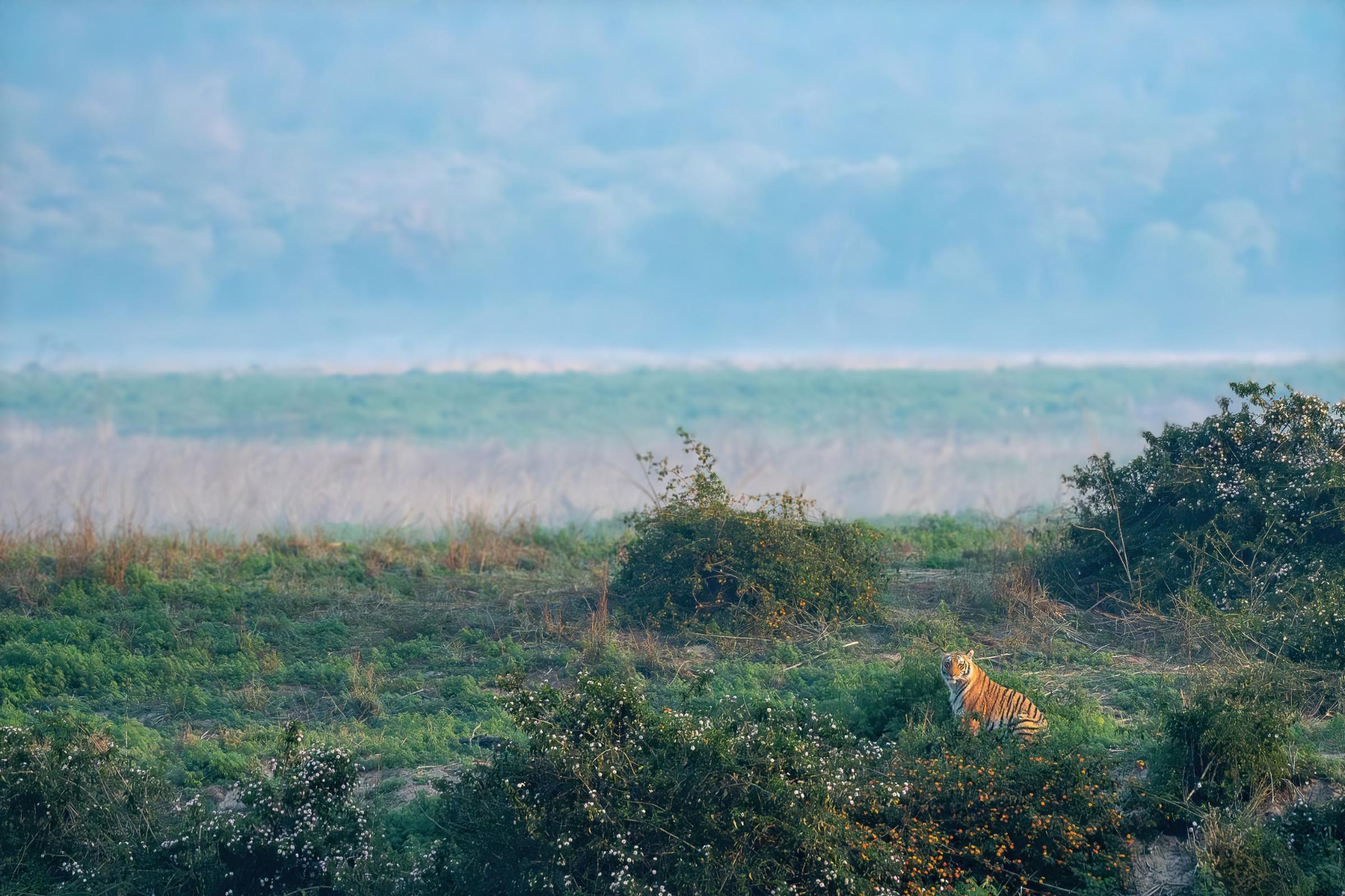
Can you give our readers the best wildlife photography tips?
Wildlife photography is all about patience, respect, and timing. Here are a few tips that have helped me over the years:
• Know Your Subject – The more you understand animal behavior, the better you can anticipate action. Spend time observing before reaching for the camera.
• Respect the Wild – Never chase or provoke an animal for a shot. Ethical practices come before the perfect frame.
• Light is Everything – Early mornings and late evenings offer the best natural light and active wildlife. Use light to tell a story.
• Be Ready, Always – Wildlife is unpredictable. Keep your settings right and gear ready you often get just one chance.
• Focus on the Eyes – Eyes bring emotion and connection into the frame. If the eyes are sharp, the image speaks.
• Stay Curious, Keep Learning – Gear is important, but your vision matters more. Learn from mentors, field experiences, and your own mistakes.
Most importantly, fall in love with the process not just the outcome.
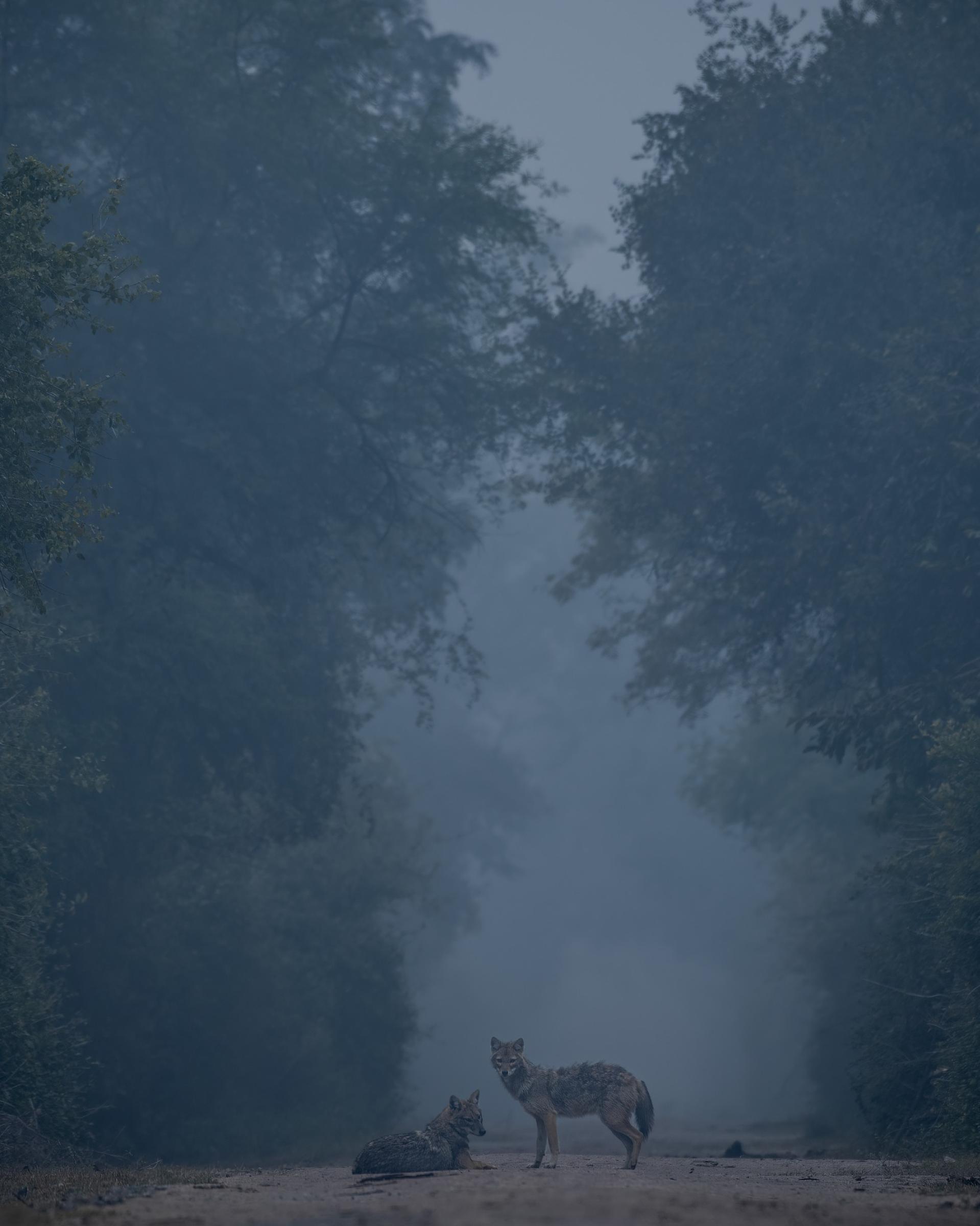
What plans do you have in the future related to Wildlife Photography?
Wildlife photography is not just a passion it’s a lifelong journey for me. Going forward, I hope to explore lesser-known habitats and document species that are rarely seen, with a focus on conservation storytelling. I want to create visual narratives that go beyond just beauty ones that highlight the challenges wildlife faces and the urgency to protect them.
I also aim to mentor aspiring photographers, especially those who come from non-wildlife backgrounds, just like I did. And eventually, I hope to publish a photo book that blends art, emotion, and awareness something that leaves a lasting impact on the viewer and gives back to the wild spaces that shaped me.
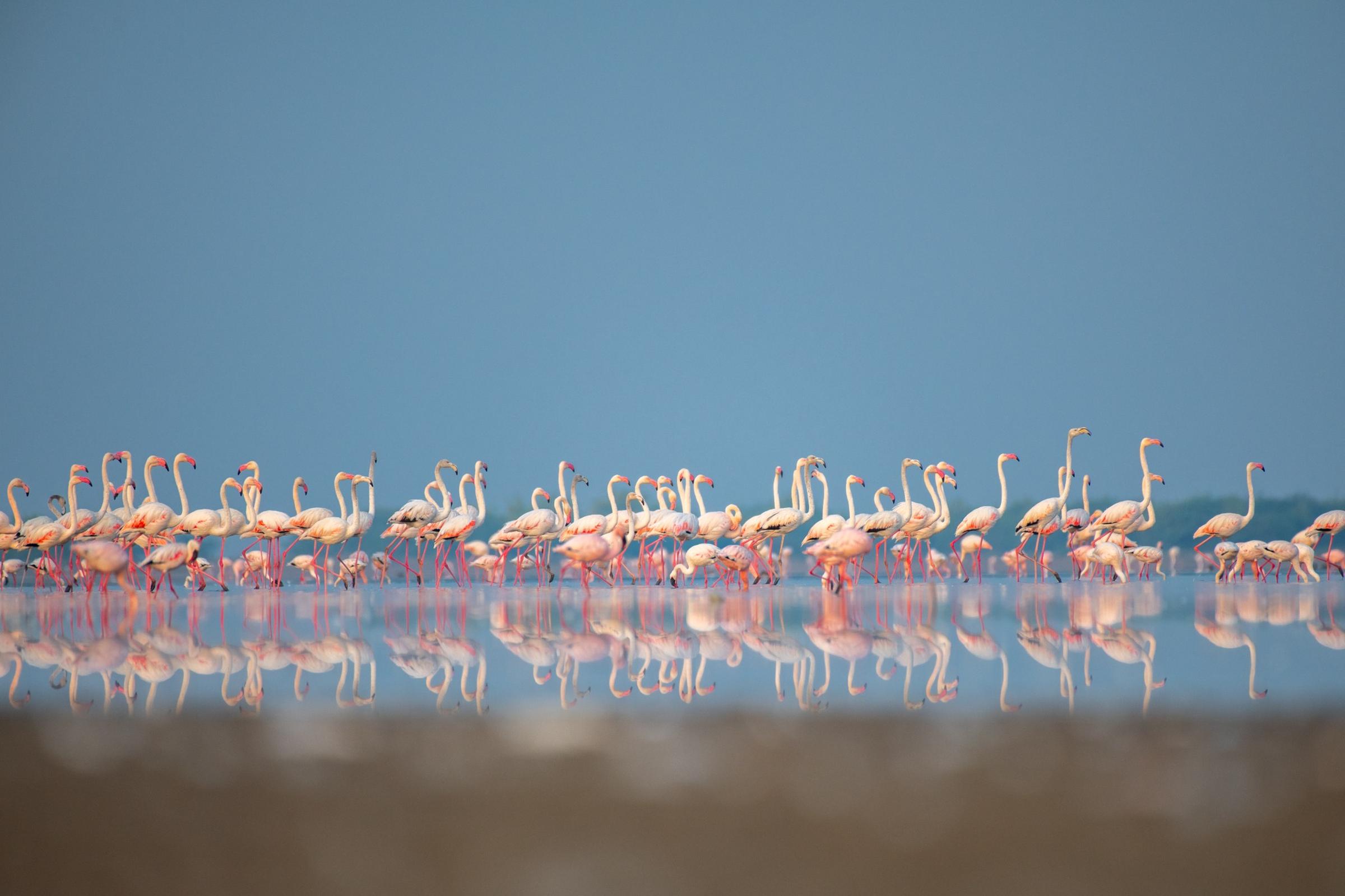
Tell us something about the gear you use and how it helped in your photographic journey.
My gear journey has grown alongside my passion for wildlife photography. I started with the Nikon D90, which helped me understand the basics of light, composition, and patience. From there, I moved to the D500 and D850, paired with the Nikkor 200–500mm lens a setup that gave me the reach and speed needed for serious wildlife work and helped me capture some of my early breakthrough images.
As my skills and needs evolved, I upgraded to the Nikon Z8 and Z9, along with the Nikkor 400mm prime and 180 – 600mm lenses. This mirrorless system has taken my photography to the next level offering blazing-fast autofocus, excellent low-light performance, and the ability to shoot silently and responsively in sensitive wildlife environments.
That said, while gear can elevate your craft, it is ultimately your vision, patience, and understanding of animal behavior that bring a photograph to life.
